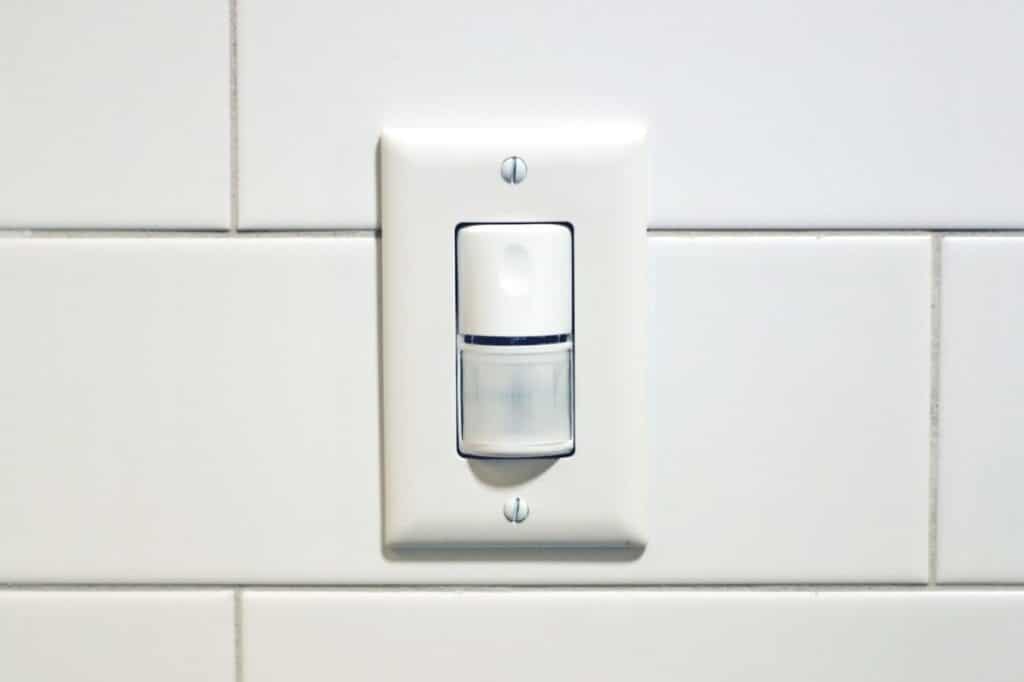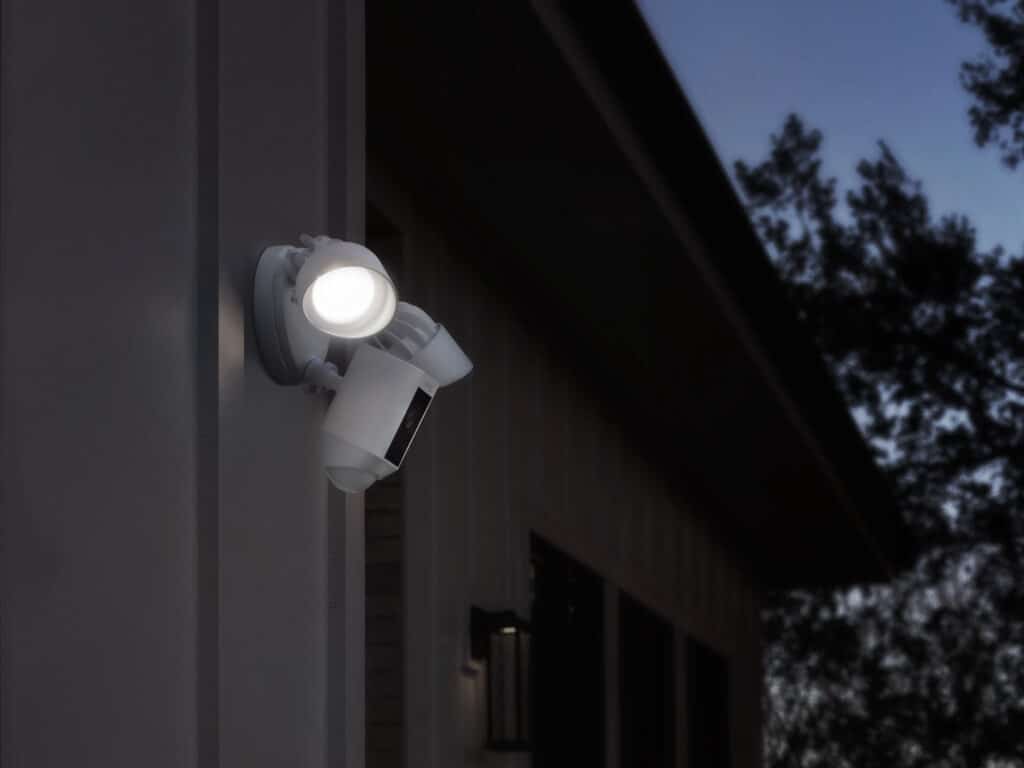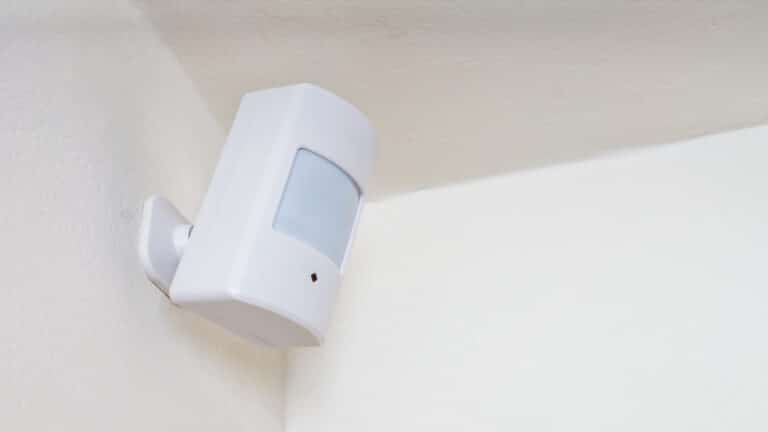Introduction
How To Stop A Motion Sensor Light From Turning Off: Motion sensor lights illuminate outdoor areas efficiently and conveniently. These lights automatically turn on when motion is detected, providing security and safety. The motion sensor light turning off too quickly can leave you in the dark before you’re ready, which is frustrating. However, there are various ways to prevent your motion sensor light from turning off prematurely.
Motion sensor lights are a popular choice for enhancing security and convenience in outdoor spaces. These lights use infrared or microwave technology to detect movement and automatically illuminate the area. While effective, they can be frustrating when they switch off prematurely, leaving you in the dark. Fortunately, there are several effective ways to stop a motion sensor light from turning off too soon.
We will explore early shutdown factors such sensitivity settings, wiring, and obstacles and provide step-by-step directions for fixing them. We can fix a flickering motion sensor light or one that doesn’t remain on.

How do I make my motion sensor lights stay on?
A motion sensor light switch with an ON/OFF option can keep interior lights on, or a bypass switch can power the light and quickly toggle the sensor ON&OFF to get it stuck at ON.
Adjust the Sensitivity Settings: How easily the motion sensor triggers depends on sensitivity. Your lights may be shutting off too rapidly due to low sensitivity. Increase the sensitivity of your motion sensor light by turning a little dial or switch. Try several parameters to get the best motion detection and false trigger prevention balance.
Extend the Time Setting: Motion sensor lights usually come with a built-in timer that determines how long they stay on once triggered. Find the timer adjustment feature, which is typically a dial or switch, and increase the duration. This allows the lights to remain on for a longer period after detecting motion. Keep in mind that there may be a maximum limit to the duration, depending on the specific model.
Use a Dedicated Switch: Some motion sensor lights have an override switch that allows you to manually turn on the lights and keep them on continuously. Look for a switch located near the motion sensor or on the light fixture itself. Flip the switch to the “On” position, and the lights will stay on regardless of motion detection. Switch it back to its original position to restore motion sensor operation when finished.
Why does my motion sensor light keep turning off?
A normal, functioning motion sensor that goes off too quickly is mainly due to faulty installation or calibration that reduces its motion detection capacity.
Timer Settings: Motion sensor lights usually have a timer that controls how long they stay on following motion detection. If the timer is too short, the light may switch off early. To illuminate longer, change the timer on your motion sensor light, usually a dial or switch. Insufficient or unreliable electricity might cause motion sensor lights to turn off abruptly. Connect the light fixture to a stable power source and check the wiring. Poor wiring, loose connections, or electrical circuit difficulties might disrupt the power supply and cause motion sensor light intermittent performance. Contact a skilled electrician for electrical concerns.
Environment: Environmental factors can also affect motion sensor light performance. Extreme heat or cold can affect the sensor’s sensitivity and operation. The light may also switch off or malfunction due to electrical interference from strong rain, snow, or dampness. Make sure your motion sensor light is weatherproof and outdoor-ready.
Obstructions: Objects in the sensor’s field of view can cause repeated shutoffs. A wind-moving plant, tree, or other impediment can trigger the motion sensor and turn the light on and off repeatedly.
How do you block a motion sensor?
A simple silicone spray will blind the sensor, and is invisible to the naked eye. It leaves a trace, but it might not be discovered until much later, if at all. Alternatively, you could place glass in front of the sensor when it was off, which would do the same thing.
Physical Blockage: The most straightforward method is to physically block the motion sensor’s field of view. TPlace an object in front of the sensor to block its view. Outdoor motion sensors can be blocked using cardboard, tape, or opaque material. However, disabling a security motion sensor may undermine system safety and operation.
Adjust Sensor Position: If the motion sensor is adjustable, you can change its position or angle to minimize its coverage area or redirect its field of view away from the area you want to block. This can be useful if you want to limit the range of detection or avoid triggering the sensor unintentionally. Refer to the manufacturer’s instructions for guidance on adjusting the sensor’s position.
Masking Techniques: Masking the motion sensor involves using materials that partially or completely obstruct the sensor’s detection capability without physically blocking it entirely. For example, you can apply translucent tape or spray a layer of window frost on the sensor lens to diffuse or reduce its sensitivity. This method allows some light to pass through while minimizing the sensor’s ability to detect motion.
How long can a motion sensor light stay on?
When a sensor senses movement, the time increases, therefore a motion detector light can last longer than 20 minutes.
Setting the timer :A timer controls light duration when motion is sensed in most motion sensor lights. Timer length is generally configurable. Most choose seconds or minutes. Motion sensor light timer settings are in product specs or instructions.
Most motion sensor lights :Can be adjusted for better movement detection. More sensitivity means longer, more frequent lighting. This may induce false triggers from surrounding objects or motions. Changing the sensitivity level keeps the light on and controls its behavior.
Environmental Factors: Environment affects motion sensor light duration. Extreme heat or cold can affect light performance and duration. Heavy rain, snow, or dampness might also influence the sensor and light. Choose outdoor motion sensor lights that can survive your local weather. The motion sensor light’s power supply might also affect its operation and duration. Insufficient or inconsistent power supply may cause sporadic operation or shorter illumination.
Can wind set off motion sensor light?
Unreliability: Motion sensor lights can be unpredictable. Wind, pets, and other objects might trigger the light, even when you don’t want them to. So, if you’re looking for a light that will stay on all the time without fail, a motion sensor light might not be the best option.
False Triggers: Strong gusts of wind can cause objects such as branches, leaves, or lightweight debris to move within the range of the motion sensor .These movements may trigger the motion sensor light depending on the sensor’s sensitivity. In outdoor situations with more wind-driven objects, wind-related false triggers are more common.
Sensor Sensitivity: Motion sensor light sensitivity determines its motion response. Higher sensitivity levels can detect little motions, even wind. Wind-induced motion triggers may occur if the motion sensor light sensitivity is too high. Setting the sensitivity level correctly can reduce erroneous activations. Positioning the motion sensor can affect its wind-induced trigger susceptibility. The sensor may be more likely to detect wind-induced movement and activate the light if it is near open spaces or gaps in structures. Wind-related false triggers can be reduced by angling the sensor away from direct wind flow.
Are motion sensors foolable?
Scientists found that playing the correct noises can trick mobile devices’ motion sensors into registering fake data. Playing a tone at the accelerometer chips’ spring structures’ resonant frequency shatters them like wine glasses.
Insufficient Sensitivity Settings: Motion sensors’ sensitivity settings impact how well they detect motion. If the sensitivity is too low, the sensor may miss minor motions or objects, resulting in false negatives. If the sensitivity is too great, the sensor may produce more false positives from wind, pets, or falling leaves. Setting the sensitivity level for the surroundings can reduce false activations.
Environmental factors: Environmental circumstances might affect motion sensor performance and cause false triggers. Rapid temperature fluctuations or strong drafts can lead infrared-based sensors to perceive heat signature changes and generate false warnings. High humidity or moisture may also affect sensor functioning. Understanding the sensor’s environment and choosing sensors for the conditions can prevent false activations.
Pets and animal: Motion sensors detect pet and animal movement. Pets in range can trigger the sensor and cause false warnings. Adjusting the sensor’s positioning or using pet-friendly motion sensors that distinguish human and animal movement can reduce this. Use sensors with detection patterns that target human-sized targets to reduce false activations from smaller animals.
Can you cover a motion sensor with tape?
Tape can temporarily prevent motion sensors from triggering, but it can also harm them. Common tape may block PIR sensors, while microwave sensors require a specific tape.
Rapid air currents from air conditioning vents or open windows can move drapes or plants, triggering motion sensors.Heat from heating vents or direct sunlight can also cause temperature variations that appear to move. Motion sensor installation should take these things into account to reduce false triggers.
Like any electronic device, motion sensors can experience malfunctions or technical issues that lead to false alarms. These issues can include faulty wiring, damaged components, or interference from other electronic devices. Regular maintenance, including checking connections and keeping sensors clean, can help prevent such malfunctions and reduce false activations.
Tape can act as a barrier, blocking the sensor’s field of view and preventing it from effectively monitoring the intended area. This can result in unreliable or non-existent detection, rendering the motion sensor ineffective for its intended purpose. Moreover, tampering with motion sensors by covering them with tape may have legal implications, especially if the sensors are part of a security system. Interfering with security devices can be against the law and may result in penalties or other consequences.
Do motion sensor lights turn on by themselves?
As noted, motion sensors turn on lights. That typically implies the light will turn on when this occupancy sensor detects you. The light may be manually turned on, but not always.
Motion sensor lights provide simple, efficient illumination without manual control. They promote safety, energy efficiency, and security. They illuminate the area when motion is detected, making navigation safe and repelling attackers.
After motion stops, motion sensor lights can stay on for a set time. The light fixture timer can be set from a few seconds to several minutes. To save energy, the light turns off after the predetermined period without motion.
The motion sensor lights are not designed to turn on without motion. They activate when they detect movement. Wind, pets, and other environmental conditions can cause false triggers. Contemporary motion sensor lights have features and technologies to reduce false activations and enhance reliability.

Conclusion
First, ensure that the sensitivity settings are properly adjusted to accurately detect motion without being triggered by insignificant movements. Additionally, check for any obstructions that may be blocking the sensor’s field of view and clean the lens if necessary. Inspect the wiring and connections to ensure they are secure and free from damage or corrosion.
If you continue to experience issues, consider updating the firmware or software of your motion sensor light if applicable. In some cases, a firmware update can resolve bugs or glitches that may be causing premature shutoffs. Motion sensor lights are a valuable addition to any outdoor space, providing convenience, security, and energy efficiency. However, when these lights turn off too soon, it can be frustrating and potentially compromise the intended benefits.
Remember to refer to the manufacturer’s instructions and guidelines specific to your motion sensor light model. They may provide additional troubleshooting steps or offer valuable insights into optimizing its performance .These options will keep your motion sensor light illuminated for the specified time and provide reliable lighting when motion is detected.

